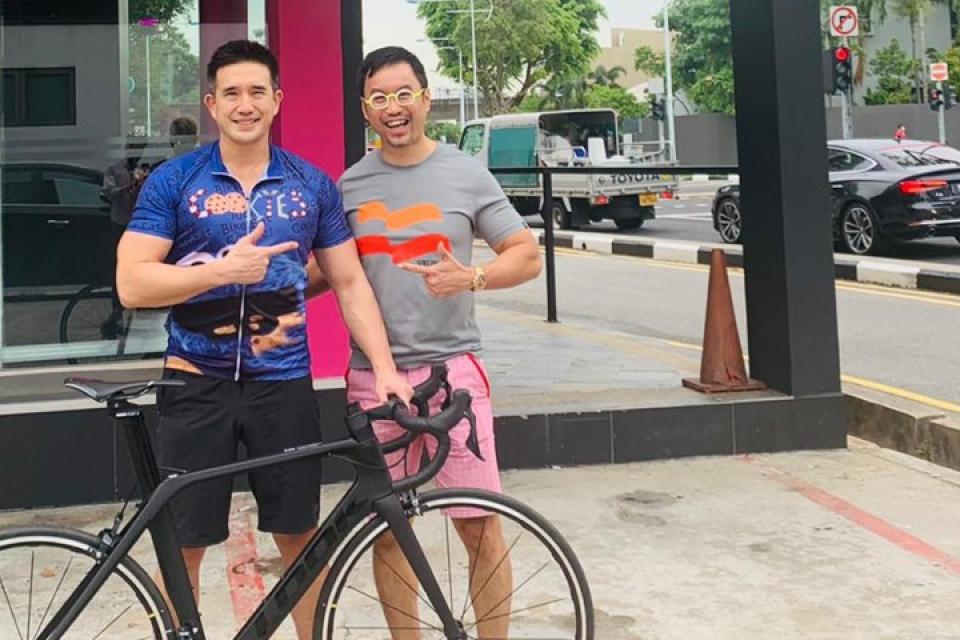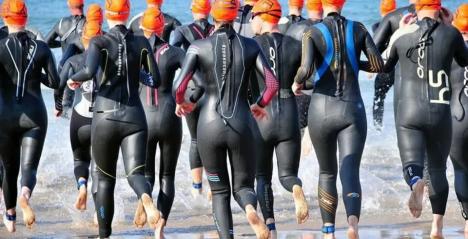“When the spirits are low, when the day appears dark, when work becomes monotonous, when hope hardly seems worth having, just mount a bicycle and go out for a spin down the road, without thought on anything but the ride you are taking” Sir Arthur Conan Doyle.
Dr Alan Cheung grew up in the town of Cambridge, England where cycling is second nature. He is Events Team Doctor for the Singapore Cycling Federation and a keen cyclist himself. In this article he shares the Do’s and Don’ts with readers of Expat Choice for cycling in Singapore and common injuries he sees occurring regularly.
Cycling In Singapore
Whether you are a team cyclist, or have bought your first bike during the circuit breaker, Singapore has a wealth of cycling trails and routes to offer. However, there are some important things to consider before heading out. Singapore is not yet as bike-friendly or connected as some cities like Amsterdam or Copenhagen. It is harder to get from A to B than you might think. Motorists here may not be as gracious or accommodating as other parts of the world towards cyclists, so it pays to cycle with caution. Although there are many park connectors, most of the bike lanes are shared with pedestrians so please take extra care.
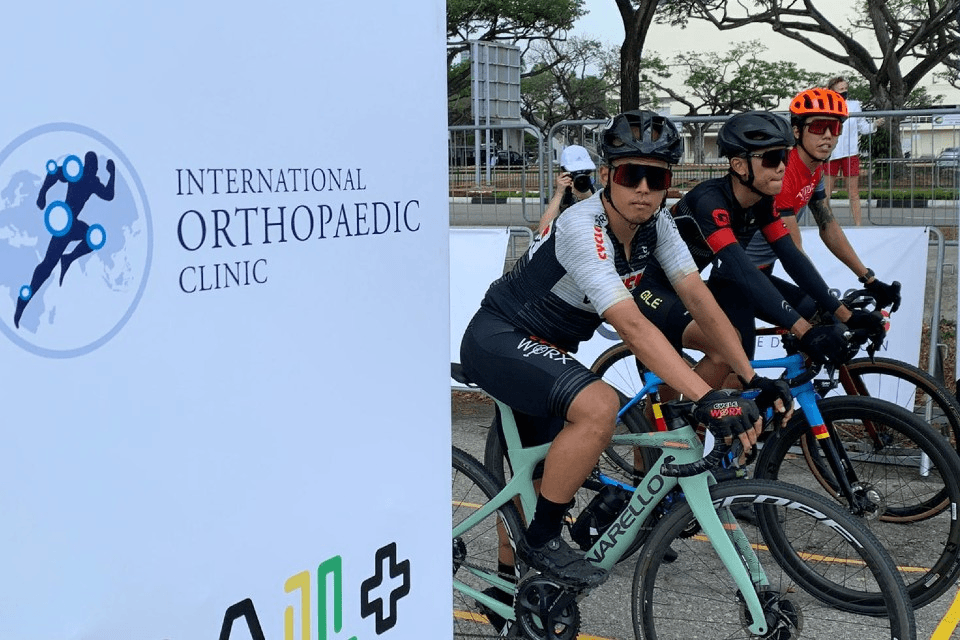
One great aspect about Singapore is that it is generally sunny and never snows, so you can cycle all year round. The flip side to this is that it can be like riding in a sauna, so extra breaks and additional water supplies need to be factored into long rides.
Which Bike To Get
If you picture yourself winning the Tour De France and whizzing along the tarmac then a road bike is for you. If you like to get away from the madding crowd and enjoy the great outdoors then a mountain or gravel bike is for you. In between are many choices for the commuter or weekend cyclist.
Ultimately your choice of bike depends on your lifestyle, proximity to a cycling spot, and what type of bike your friends have.
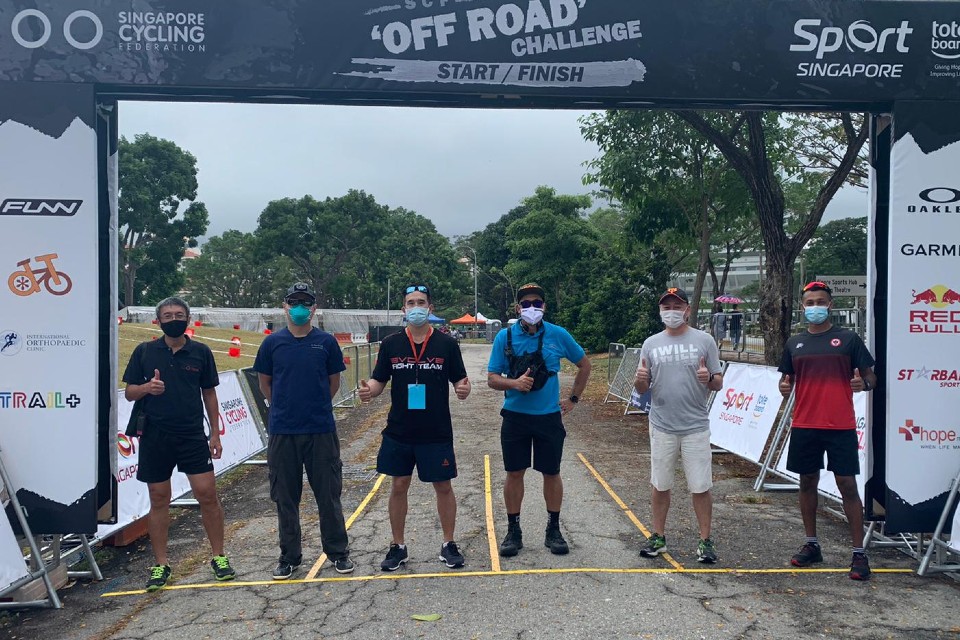
The cheapest bike you can get is probably at places like Decathlon, Rodalink, My Bike Shop or Hup Leong which may set you back several hundred dollars. Carousel and Bike Mart Sg offer a decent range of second hand cycles. For more experienced riders, top of the range cycles at places like Byx, Pro Cycle Bikes, Treknology 3, RS Cycles, Specialized, Coast Cycles can you set back thousands of dollars.
Where To Cycle
For those with young kids, check out the dinosaurs at the Changi Airport Connector. For those in the east, Marina Bay, East Coast Park and Changi Beach Park are great choices. Try Rower’s Bay Park, Coney Island, Punggol Waterway Park if you live in the north. In the west the Western Adventure, Mandai and Kranji Marshes Loops will keep you busy. Mountain bikers can head over to the Ketam Trail on Pulau Ubin or check out the Bukit Timah and Kent Ridge trails.
YOU MAY ALSO LIKE: Singapore Cycling Trails
Joining A Cycling Club
Not everyone wants to join a cycle club, but they can be a great way of meeting people and exploring new routes on a regular basis. Cycling clubs are plentiful in Singapore with something for every level of rider. Most have websites explaining their philosophy and favourite routes. In no particular order, clubs include ANZA cycling, Fat Boys Cycling Club, JoyRiders, Barbarians, Singapore Biking Vikings, International Gerbils, 4T2, West Coast Riders, Geylang Cycling Club, and Rapha Cycling Club. More competitive racing teams include Allied World (linked to ANZA), Specialised Mavericks and Matador Racing.
Cycling Injuries
As the Team Doctor of the Singapore Cycling Federation, the cycling injuries that I commonly see are divided into ones resulting from repetitive overuse injuries or direct trauma. Common overuse injuries include neck and backache (‘slipped’ or prolapsed disc), hip pain (trochanteric bursitis), wrist pain and hand numbness (compression neuropathy), knee pain (patellofemoral syndrome, and foot pain (plantar fasciitis, achilles tendinosis). In Singapore’s hot and humid environment, I commonly encounter heat exhaustion and dehydration in my competitive athletes.
Common traumatic injuries that I see as an Orthopaedic surgeon include broken bones - especially of the collarbone, shoulder dislocations, rib fractures, lacerations, contusions and concussion.
How To Prevent Injury
Wear the right protective equipment – always use a well fitting helmet (which is compulsory on the road in Singapore) and consider gloves and padded shorts. Always be visible on the road and wear bright and reflective clothing. When cycling in the early morning or at night, always bring your bike lights.
Consider seeing an experienced bike fitter to adjust your bike set up if you are a new rider, returning to cycling with a new bike, or have old injuries. Bike size, seat height, handlebar reach, and cleat setup are major factors on whether you will experience neck, back, hip, knee and foot pain after riding for some time. Fahrenheit Performance, Fitskuul, Loue Bicycles are some of the recommended bike fitters you can find in Singapore.
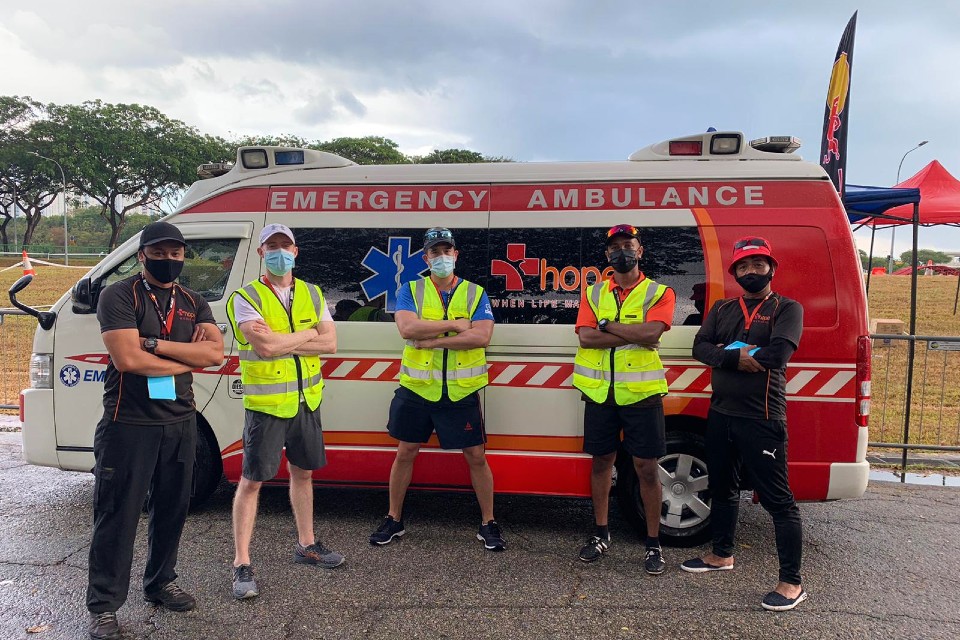
Choose your route and time of ride carefully – a ride without heavy traffic or excessive number of pedestrians is much more enjoyable. Map in some rest spots along your route, and bring enough water to stay hydrated. Remember to apply high factor sunscreen regularly to avoid sunburn.
Check your brakes and tyre pressure regularly, and see an Orthopaedic surgeon or sports medicine doctor experienced with cycling, if you do pick up any injuries.
Cyclists of all levels would benefit from a strength and conditioning program to improve endurance, overall performance and reduce risk of injury. I recommend Leigh Withers, Head of Personal Training at UFIT Club St for this. Many injuries result from overuse/over training and sufficient recovery and rest between training sessions is important. Nutrition is beyond the scope of this article, but is also key to fuelling your ride and recovery.
What To Wear
Modern cycling kit is designed to fit tightly and minimise drag caused by air friction. In a hot, humid environment like Singapore most cycling apparel is lightweight and designed to wick sweat away from the skin quickly. A knitted material construction with naturally good stretch, comfort and fit is often used for the main body. Mesh is normally located in the side panelling and under the arms to further aid ventilation as does the front zipper which can vary in length. One very important area that should not be overlooked is the UV rating of the garment. Despite being lightweight technical fabrics can still offer a high level of protection against harmful rays.
Saddle choice and set up can reduce risk of painful buttocks (due to sustained pressure of over the ischial tuberosities), ‘saddle sores’ – skin chafing, or even numbness of the groin and impotence due to compression of pelvic nerves (pudendal / cavernous nerves).
A good cycling shoe can make a big difference in your comfort and performance, but should be based on a number of different factors such as your style of riding, fit and comfort.
If you are new to cycling then stick to normal shoes at first. More experienced riders may use a dedicated cycling shoe that clips into the pedal. This generates more power and enables you to use more of your muscle groups — i.e. the hamstrings and gluteal muscles, instead of just relying on the quadriceps.
The type of riding you do (road, mountain, commuting) will influence your shoe choice. Best to go to a specialist cycling shoe shop rather than buy online.
I have a Medical Condition - I recently had Surgery, should I Cycle?
This depends upon the pre-existing health condition or type of surgery performed. Always consult a medical professional before starting a new exercise program to assess whether you are medically ready to participate. Starting an exercise program that is more strenuous than you are ready for can result in injury and serious medical problems.
That said, a supervised graduated exercise program involving cycling can be an excellent way to improve aerobic fitness, cardiovascular health and general wellbeing, as well as reduce impact and pressure on joints compared to activities such as running.
I like to do Spin Classes, will I get Rhabdomyolysis?
Rhabdomyolysis literally means "breakdown of muscle," When the muscle breaks down, it releases myoglobin, a protein that can poison the kidneys, into the bloodstream.
This condition is caused by any type of excessive trauma to muscle including unaccustomed strenuous exercise such as spinning, crossfit, weightlifting and running.
It may present with muscle soreness, swollen thighs, nausea and an inability to bend the knees or even walk. In severe cases you may have dark brown urine.
In mild cases you would be given intravenous fluids to rehydrate, and be released from the hospital after a few days of monitoring, once your levels of an enzyme called CK (creatine kinase) which is a marker of muscle damage, returns to normal.
In severe cases, your kidneys might shut down which could lead to heart problems and death. You could end up on a dialysis machine (which filters toxins out of the blood) to replace your kidney function. Rarely a condition called compartment syndrome can occur during rhabdomyolysis. This is when muscles swell and cut off blood supply in an affected area such as the thigh or calf. Surgery is then required to release pressure in that compartment.
People who work out regularly can get rhabdomyolysis, as well as those who don't exercise often. Those who are fit typically get it if they push themselves too hard or if they try a new exercise that works a different muscle group. In one study of 46 people who developed rhabdomyolysis after a spin class, 42 developed it after their first class.
To avoid the condition, it is important to be slow and gradual when beginning a new type of workout. When going to a class, you should tell the instructor if you are new, and make sure to hydrate before, during and after exercising. Avoid taking anti-inflammatory medications such as ibuprofen straight after an intense workout as this can affect kidney function and worsen the effects of rhabdomyolysis.
Final Thoughts
In summary, cycling is one of the best ways to stay fit, see nature, meet people and explore the sights, sounds and smells of sunny Singapore. As Lord Tebbit and Freddy Mercury would say, “Get on your bike!”.
Dr Alan Cheung is available for consultation by appointment only. The International Orthopaedic Clinic is conveniently located in Mount Elizabeth Novena Specialist Centre.

